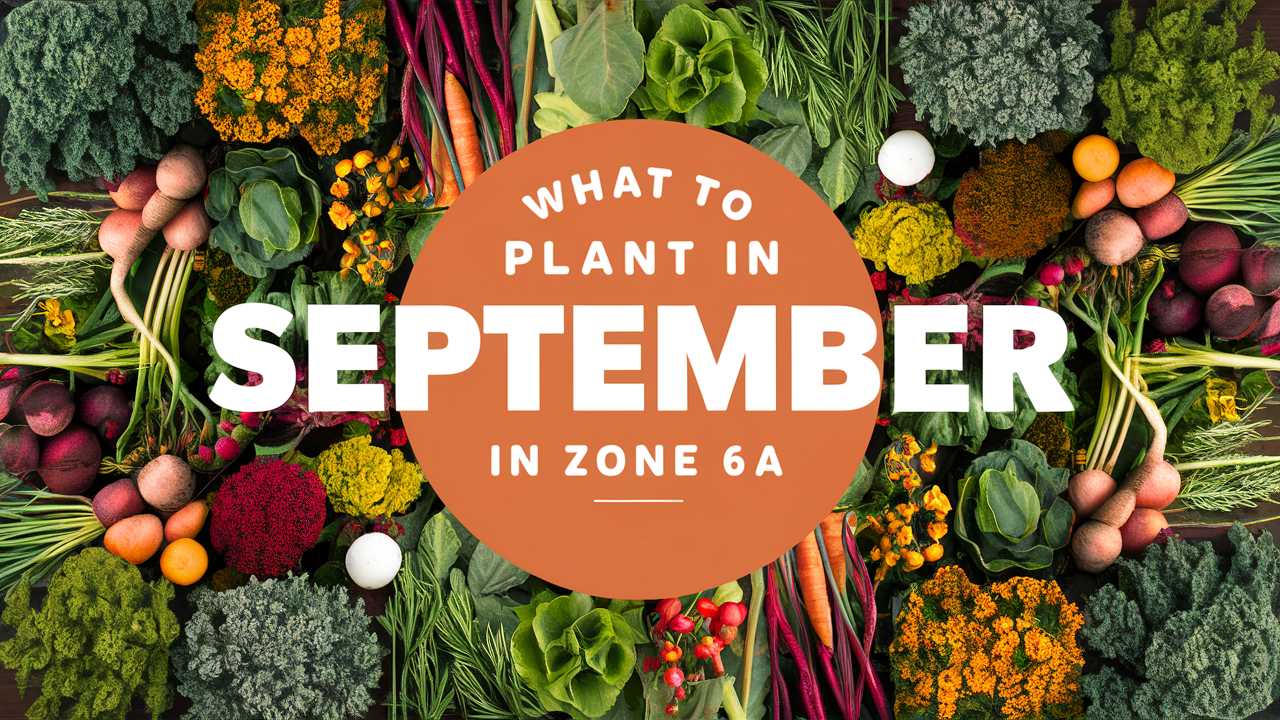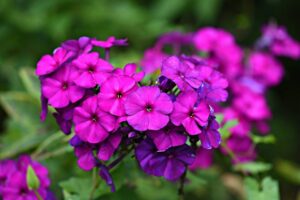Whether you’re interested in expanding your vegetable patch, enhancing your flower beds, cultivating fragrant herbs, or adding landscape plants, September can be a rewarding month for Zone 6a gardeners.
Let’s explore what to plant this month, covering vegetables, flowers, herbs, and landscape plants.
Vegetables To Plant
Spinach

Spinach is a stellar choice for September planting in Zone 6a due to its cold tolerance and rapid growth. This leafy green thrives in cool weather and can be planted as late as mid-September. Spinach seeds germinate best in temperature ranges between 50°F to 68°F (10°C to 20°C). Plant them about 1 inch deep in well-drained, nutrient-rich soil. Maintain consistent moisture, and you can anticipate your first harvest in as little as 30 days!
Radishes

Radishes are the perfect quick-growing vegetable to sow in September. With a maturity range of just 20 to 30 days, you can plant them in mid-September and still enjoy a crisp harvest before the frost hits. The seeds should be sown about a half inch deep, spaced 1 inch apart, ideally in full sun. They flourish in temperatures from 50°F to 70°F (10°C to 21°C) and require minimal care, making them an excellent choice for even novice gardeners.
Kale
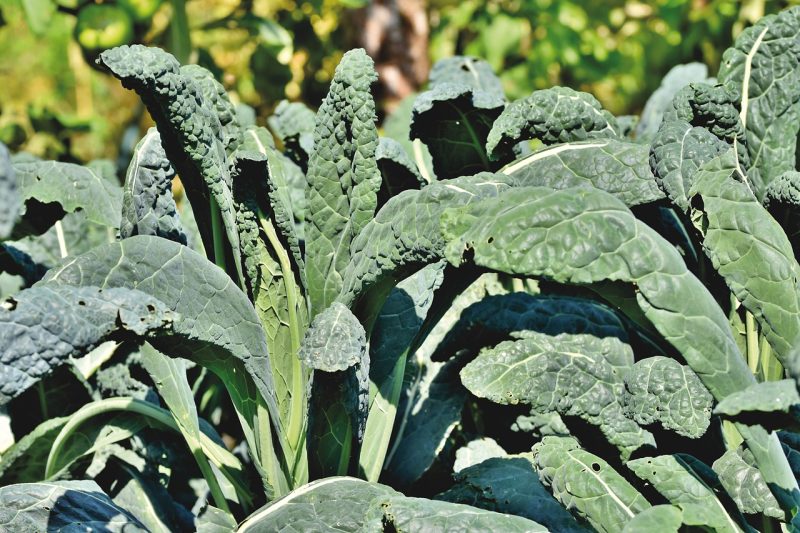
Kale is a robust addition to any fall garden due to its exceptional cold hardiness, thriving in temperatures as low as 20°F (-6°C). This green superfood can be sown directly into the garden in early September. Plant the seeds about ¼ to ½ inch deep and spaced 12 to 18 inches apart. Kale grows best in well-drained soil with ample organic matter and can provide fresh leaves well into the winter season.
Carrots

If you’re seeking a sweet addition to your winter pantry, consider planting carrots in September. These root vegetables prefer cooler temperatures and can be seeded directly into the garden early in the month. Plant the seeds about ¼ to ½ inch deep, thinning them to about 2 inches apart after they sprout. Carrots mature in approximately 70-80 days, so with early September planting, you’ll likely have a harvest in late November.
Turnips
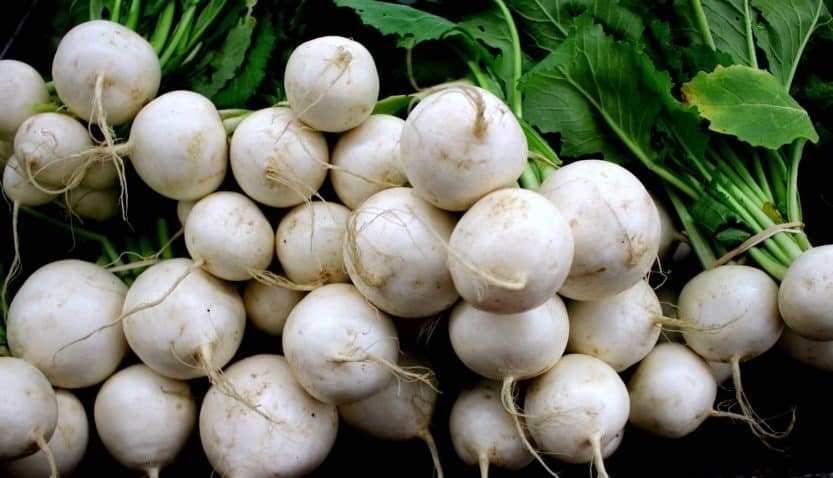
Turnips are another excellent cool-weather crop to plant in September. They can tolerate light frost and mature within 30 to 60 days. Plant turnip seeds about ½ inch deep and expect them to thrive in temperatures ranging from 45°F to 75°F (7°C to 24°C). This versatile vegetable can grow in various soil types, and both the roots and greens can be harvested for culinary use.
Broccoli

Broccoli seeds can be sown directly in the ground in early September in Zone 6a. This cool-season vegetable prefers temperatures between 60°F to 70°F (15°C to 21°C). Plant the seeds about ½ inch deep and spaced 18 inches apart. With a growth period of around 60 to 100 days, you can provide a protective cover if a frost threatens your crop, allowing this nutritious vegetable to thrive.
Swiss Chard

Swiss chard is an incredibly resilient leafy green that can be sown in early September. It thrives best in temperatures between 50°F and 85°F (10°C to 29°C) and can endure light frosts. Plant the seeds approximately ½ inch deep, spacing them 3-4 inches apart. Swiss chard is not only highly nutritious but also visually appealing, with vibrant stems that add a splash of color to your garden.
Beets
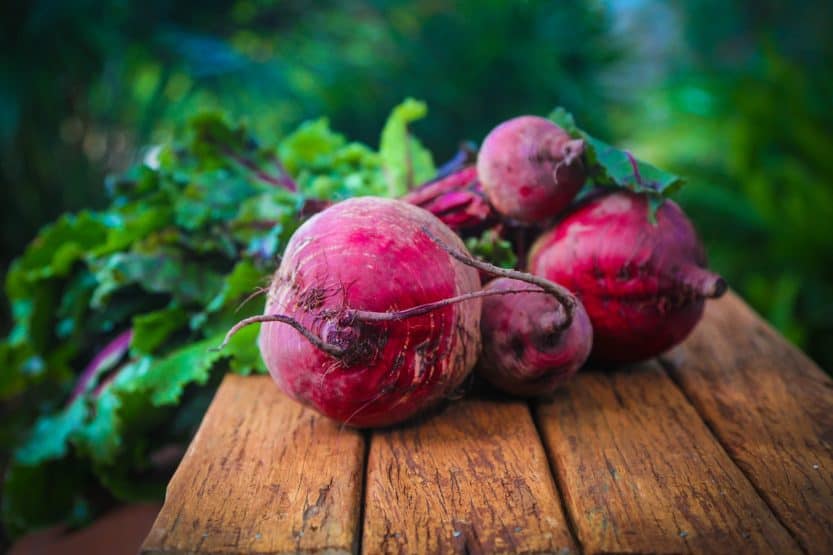
September is an optimal time to plant beets in Zone 6a. The seeds should be sown about ½ to 1 inch deep, with a spacing of approximately 3 to 4 inches apart. These root vegetables thrive in cool temperatures, ideally from 50°F to 70°F (10°C to 21°C), and mature in about 50 to 70 days. Beets are versatile in the kitchen and their greens can be used as well, making them a fantastic crop to cultivate in the cooler months.
Mustard Greens
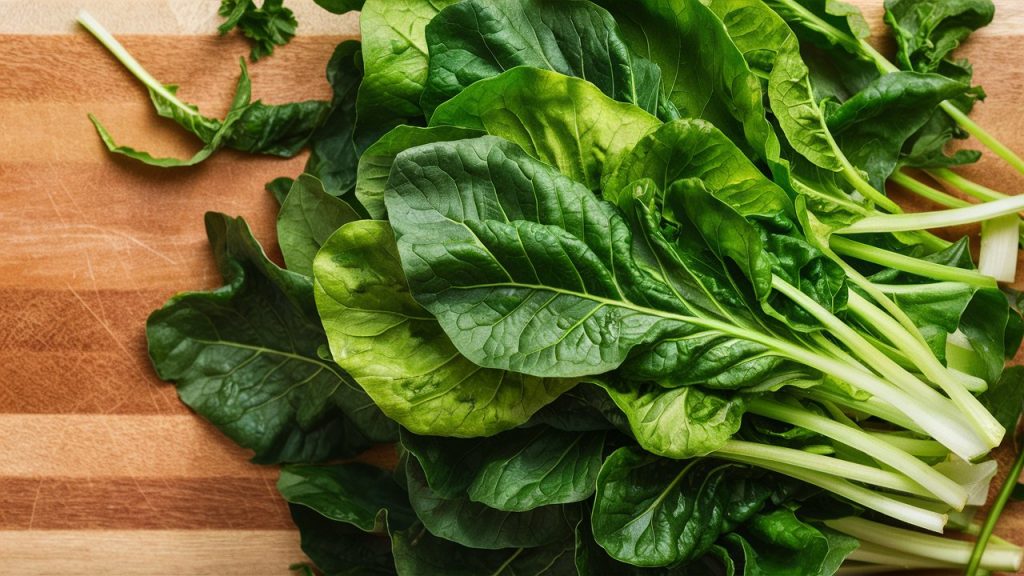
Mustard greens grow quickly and thrive in cool weather, making them a superb September planting option. You can plant them in mid-September for a fall harvest. The seeds should be sown about ¼ inch deep in full sun, and mustard greens generally mature in 30 to 45 days. They can handle temperatures as low as 20°F (-6°C) and provide a peppery flavor that enlivens salads and side dishes.
Garlic
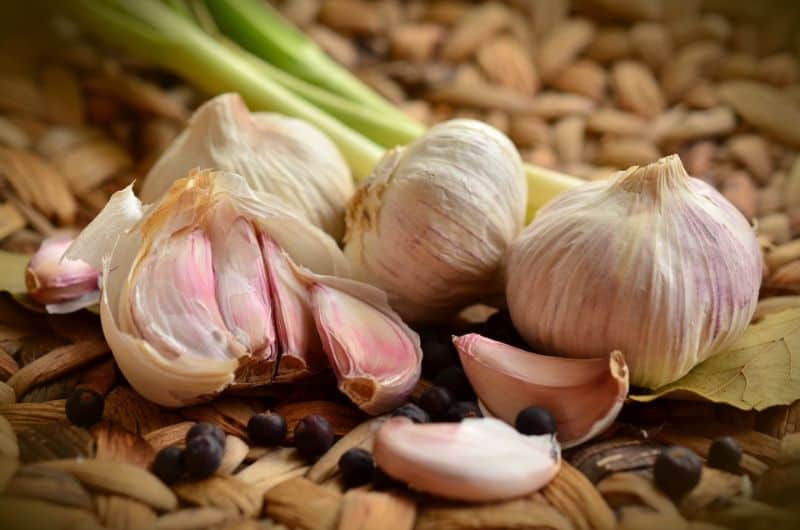
Planting garlic in September is an essential task for many home gardeners. While typically planted in late fall, garlic bulbs should be put in the ground before the first hard frost for optimal growth. Plant individual cloves about 2 inches deep and spaced 6 inches apart in well-draining soil. Garlic thrives in a wide range of temperatures, typically from 45°F to 75°F (7°C to 24°C). Once established, garlic will lie dormant through winter, and you can expect a vibrant harvest the following summer.
Flowers To Plant
Pansies

Pansies are ideal for fall planting in Zone 6a, adding vibrant color to gardens as they bloom even in chilly weather. These resilient flowers flourish in cooler temperatures, around 40°F to 65°F (4°C to 18°C), so September is an excellent time for planting. They can be sown directly into the ground about 4 to 6 inches apart and are known for their cheerful, wide-ranging colors.
Mums (Chrysanthemums)
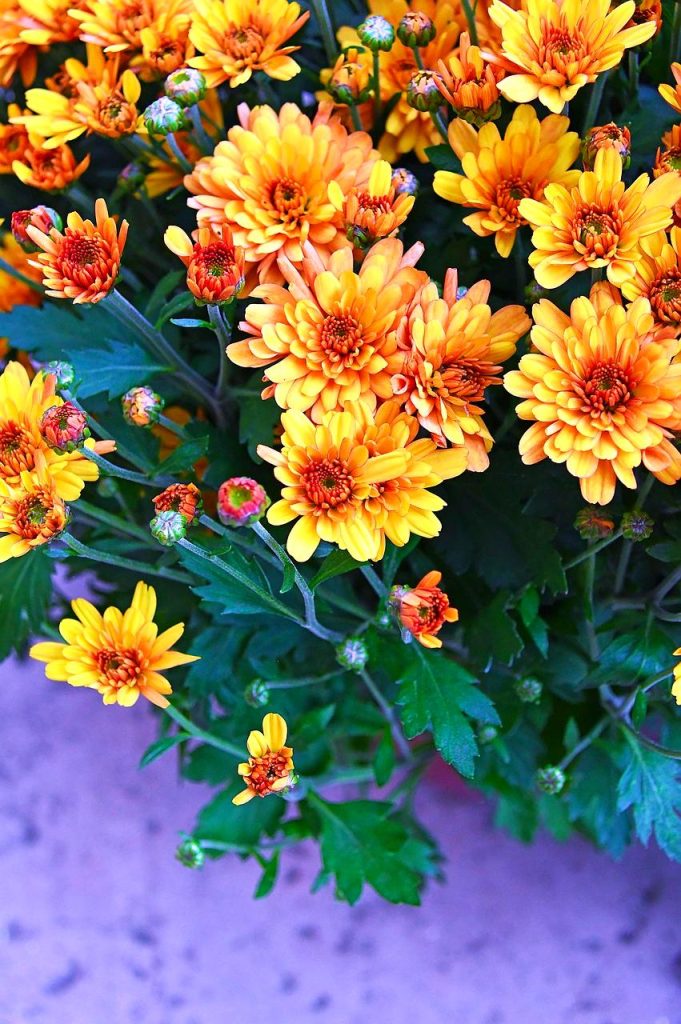
Mums are synonymous with fall, and September is the prime time to plant these perennial favorites. They thrive in full sun and prefer temperatures from 60°F to 70°F (15°C to 21°C). Plant them about 18 inches apart to allow for growth, and they will reward you with spectacular blooms that can last through mid-fall if kept well-watered.
Snapdragons
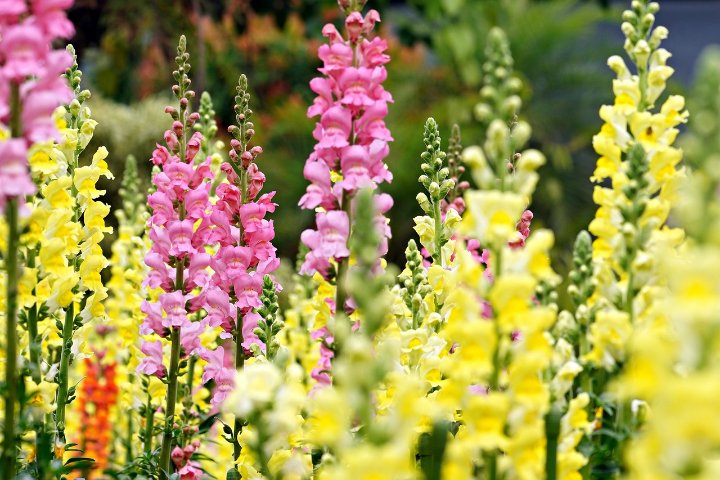
September is perfect for planting snapdragons in Zone 6a, as these flowers can withstand a slight frost. Sown about ½ inch deep and spaced 6 to 12 inches apart, snapdragons prefer temperatures of 55°F to 65°F (13°C to 18°C). With their unique shape and colors, they are a delightful addition to any garden and will often rebloom the following spring.
Asters
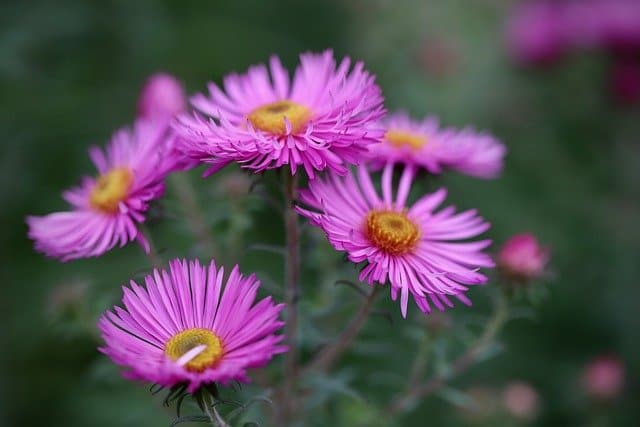
Asters are another perfect fall bloom that can add splashes of color to your garden as summer fades. They thrive in USDA Zone 6a and prefer cool temperatures, ideally between 55°F to 70°F (13°C to 21°C). Plant them in well-drained soil about 12 to 18 inches apart. With their star-like blooms, aster plants attract pollinators and create a lively garden atmosphere.
Ornamental Cabbage and Kale
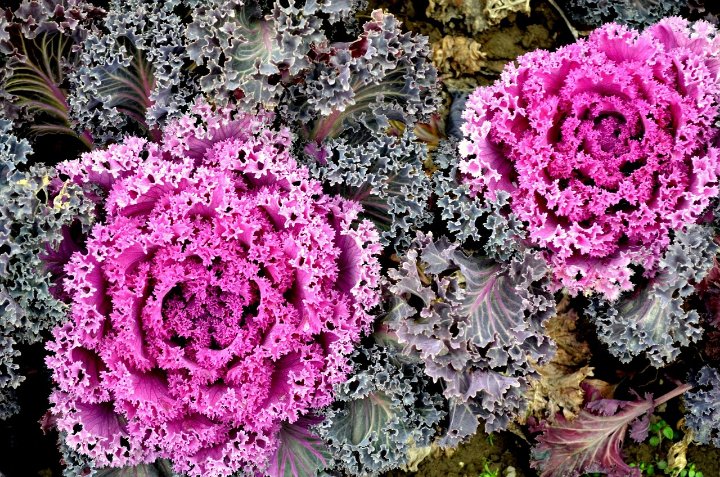
Ornamental cabbage and kale add a unique touch to fall landscapes. These plants can be seeded or planted in early September and beloved for retaining their color through frosty conditions. They thrive best in cool weather, at temperatures of around 40°F to 50°F (4°C to 10°C). Space them about 12 inches apart to accommodate their growth, and watch as they transform your garden into a kaleidoscope of colors.
Columbine
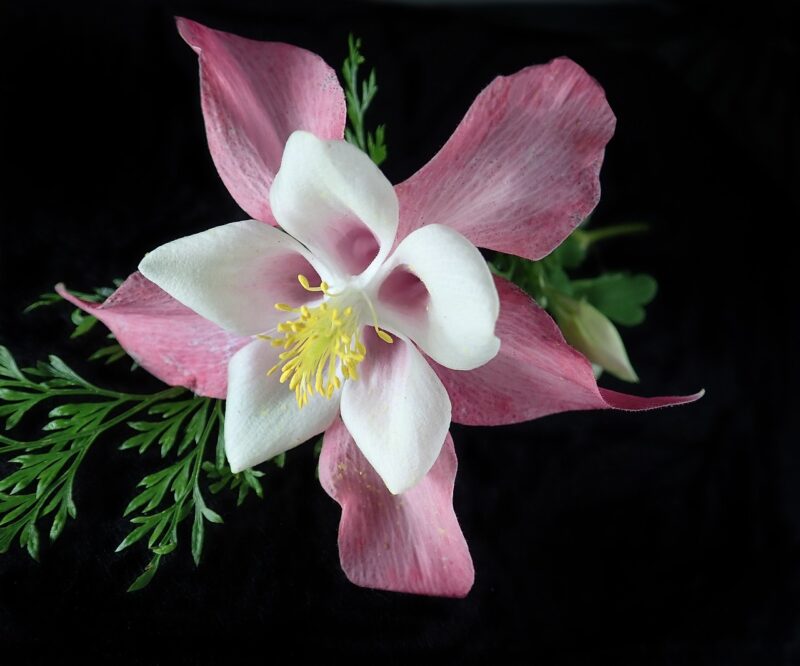
Columbine is a graceful perennial that can be planted in September for blooming the following spring. Known for its delicate flowers and attractive foliage, this plant prefers well-drained soil and partial shade. While it can handle light frosts, September offers a perfect time to sow seeds about ¼ inch deep, ensuring they have time to germinate before winter sets in.
Yarrow
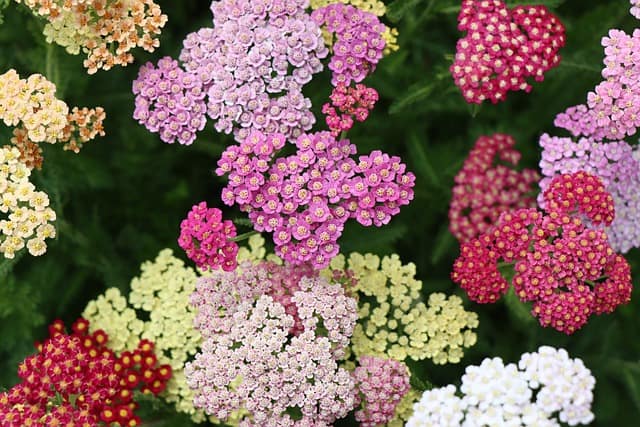
Yarrow is a hardy perennial that you can easily plant in September. It thrives in well-draining soil and tolerates varying temperatures, from the 40s to the 70s (4°C to 21°C). The seeds can be sown directly into the soil and should be spaced about 12 inches apart. This drought-tolerant flower creates beautiful flat-topped clusters that attract butterflies and beneficial insects.
Sedum

Sedum, or stonecrop, is an excellent choice for a low-maintenance ground cover or accent plant in your garden. September is a good time to transplant sedum or sow seeds, as they thrive in cooler temperatures from 50°F to 70°F (10°C to 21°C). Space these plants about 12 inches apart in well-drained soil, and enjoy their hardy, drought-resistant foliage and colorful blooms come spring.
Catmint

Catmint, known for its fragrant leaves and spikes of blue flowers, can be planted in early September. Resilient and drought-tolerant, it thrives in temperatures between 50°F and 70°F (10°C to 21°C). Space catmint plants about 18 inches apart, and you’ll have an aromatic herb that attracts pollinators and repels pests, making it an excellent companion plant in any garden setting.
Calendula
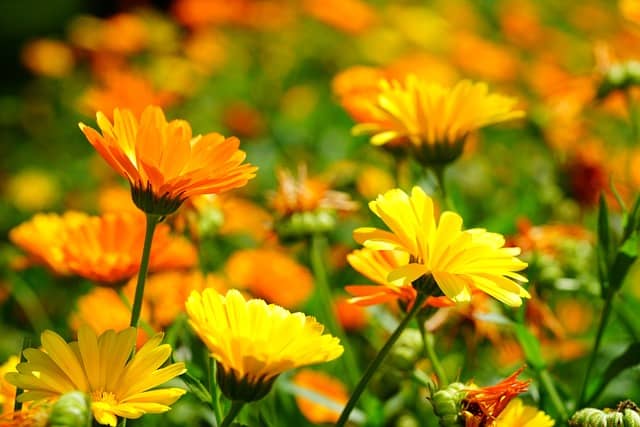
Also known as pot marigold, Calendula can be sown directly into the garden in September for splendid blooms throughout the fall. These cheerful flowers prefer cool temperatures between 50°F and 70°F (10°C to 21°C) and can be spaced 6 to 12 inches apart. With their vibrant oranges and yellows, Calendula is known for easy growth and resilience, brightening up your fall garden.
Herbs To Plant
Cilantro

Cilantro is a popular herb that can be sown in September for a fall harvest. It thrives in cooler temperatures around 50°F to 70°F (10°C to 21°C). The seeds should be sown about ¼ inch deep and spaced 6 inches apart. Not only is cilantro a versatile herb in the kitchen, but it also bolts quickly in hot weather, making fall planting an ideal choice.
Parsley

Parsley is a resilient biennial herb that can be planted in September in Zone 6a. This herb prefers cooler temperatures and can germinate in soil temps as low as 50°F (10°C). Sow seeds about ¼ inch deep in well-drained soil, spacing them about 6 inches apart. With its rich flavor, parsley is an excellent addition to various dishes and can even survive a light frost, allowing for continuous harvesting.
Chives
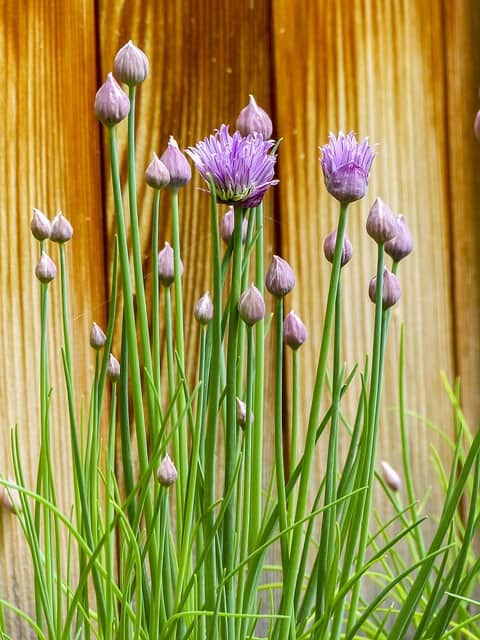
Chives are a perennial herb that can be planted in your garden during September. They prefer well-drained soil and thrive in temperatures between 60°F to 75°F (15°C to 24°C). Plant chive seeds about ¼ inch deep, spacing them around 6 to 12 inches apart for optimal growth. As a versatile herb used in salads, soups, and garnishing, chives can be harvested even during colder months.
Thyme
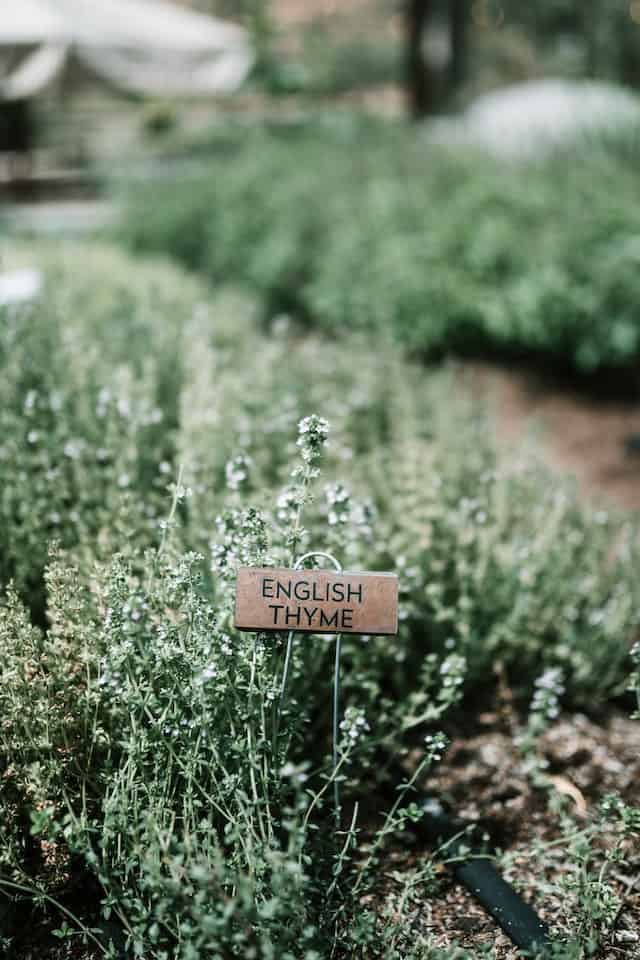
Thyme is a hardy herb that you can plant in September, as it establishes well in cooler weather. It prefers temperatures ranging from 60°F to 70°F (15°C to 21°C). Sow seeds about ¼ inch deep and space them about 12 inches apart in well-drained soil. This aromatic herb not only enhances culinary dishes but also attracts beneficial insects to the garden.
Oregano

September is a great time to plant oregano, which flourishes in cooler temperatures and well-drained soil. Seeds should be sown about ¼ inch deep, spacing them 12 inches apart. Oregano is a hardy perennial herb that can withstand low temperatures, making it perfect for fall planting. With its robust flavor, it’s an essential herb for Mediterranean dishes and a valuable addition to your herb garden.
Dill
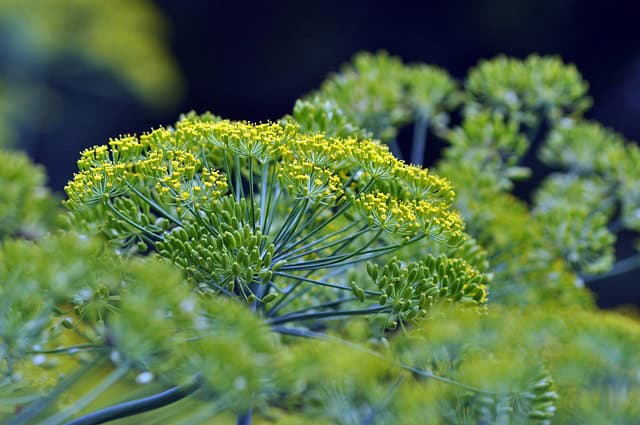
Dill is an herb that thrives in cooler weather and can be readily sown in September. Plant the seeds about ¼ inch deep in well-drained soil. Dill prefers temperatures between 55°F and 70°F (13°C to 21°C) and can mature within 40 to 60 days. Additionally, dill attracts beneficial insects like hoverflies and butterflies, making it a dual-purpose plant in your garden.
Mint
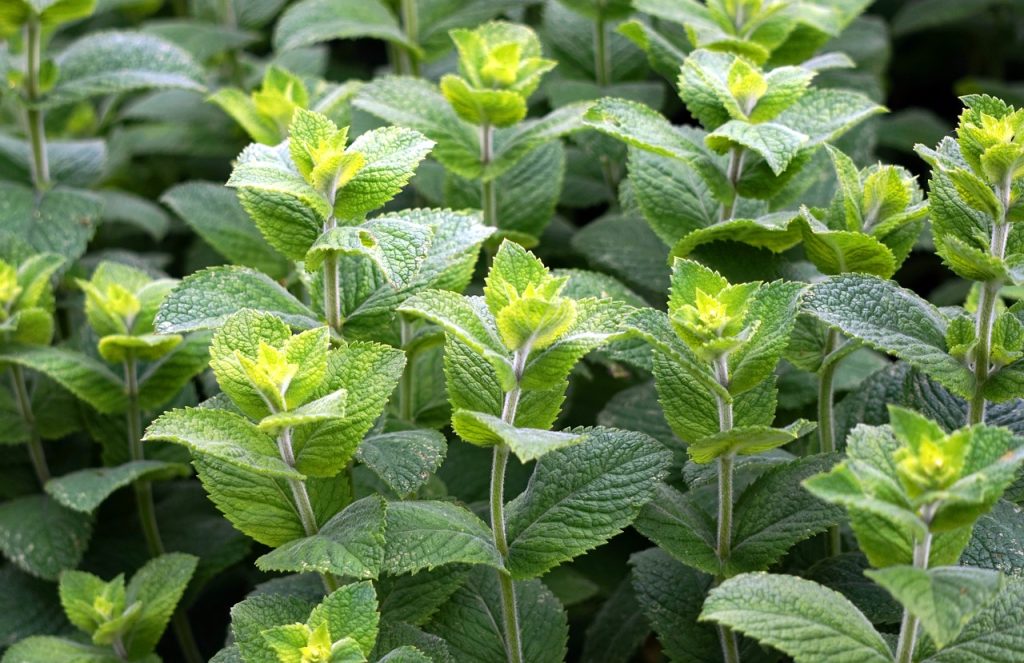
Mint is a vigorous perennial herb that can be planted in September. Although mint can tolerate a variety of soil conditions, it thrives best in temperatures around 60°F to 70°F (15°C to 21°C). Plant the seedlings or divide established plants about 12 inches apart to give them room to spread. Its refreshing flavor makes it ideal for beverages, garnishes, and culinary delights.
Basil
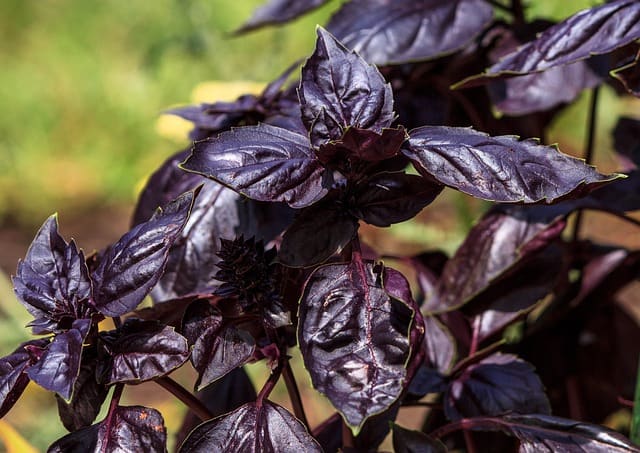
Basil is sensitive to cold temperatures and is sensitive to frost. However, if your growing season extends well into September, you can still succeed with a late planting. Use cloches to protect the plants if temperatures dip below 50°F (10°C). Space basil plants about 12 inches apart in full sun, and enjoy fresh leaves for your dishes until the temperatures drop significantly.
Fennel
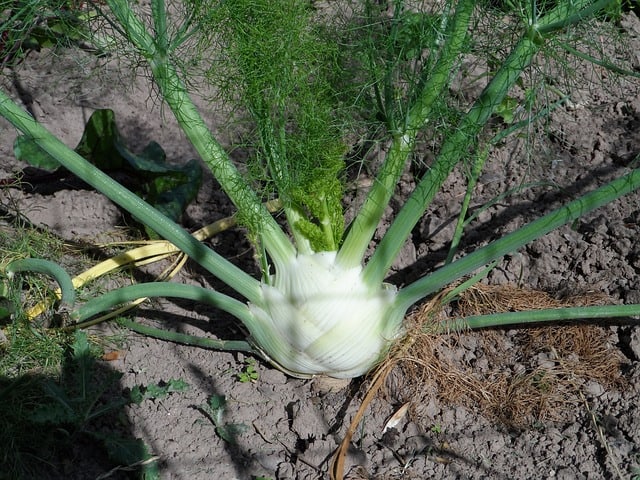
Fennel is another cool-weather herb that can be sown in September. With a sweet, licorice-like flavor, fennel thrives in well-drained soil and can grow well in temperatures around 60°F to 75°F (15°C to 24°C). Space seeds about 12 inches apart and sow them about ½ inch deep. Fennel can reach maturity within 80 to 100 days, providing both flavorful fronds and bulbs for your culinary delights.
Lemon Balm
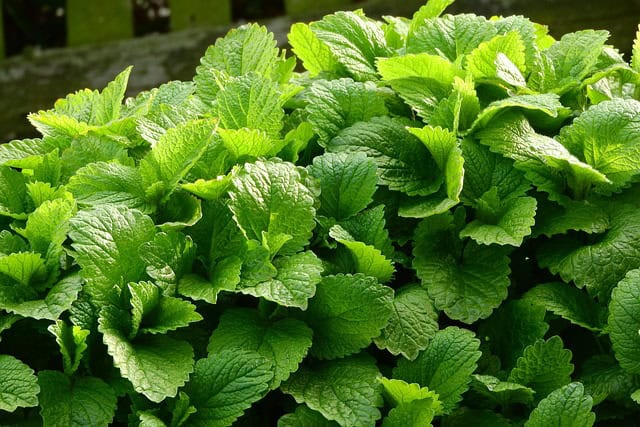
Lemon balm, with its delightful lemony scent, can be successfully planted in September. This perennial herb prefers slightly cooler temperatures and should be sown about ¼ inch deep, spaced 12 inches apart. It flourishes in well-drained soil and can tolerate a light frost, making it a charming addition to your herb garden. Plus, its fragrant leaves can be used for herbal teas and in various dishes.
Landscape Plants To Plant
Ornamental Grasses
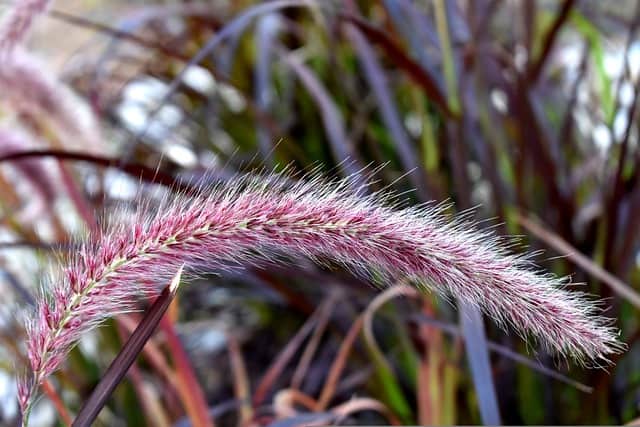
Ornamental grasses can transform your garden space and are perfect for planting in September. Grasses like Miscanthus or Feather Reed Grass thrive in a range of soil conditions and are highly adaptable to different climates. They can endure cooler temperatures and provide winter interest in the garden, making them attractive year-round. Plant them about 18 to 24 inches apart.
Roses
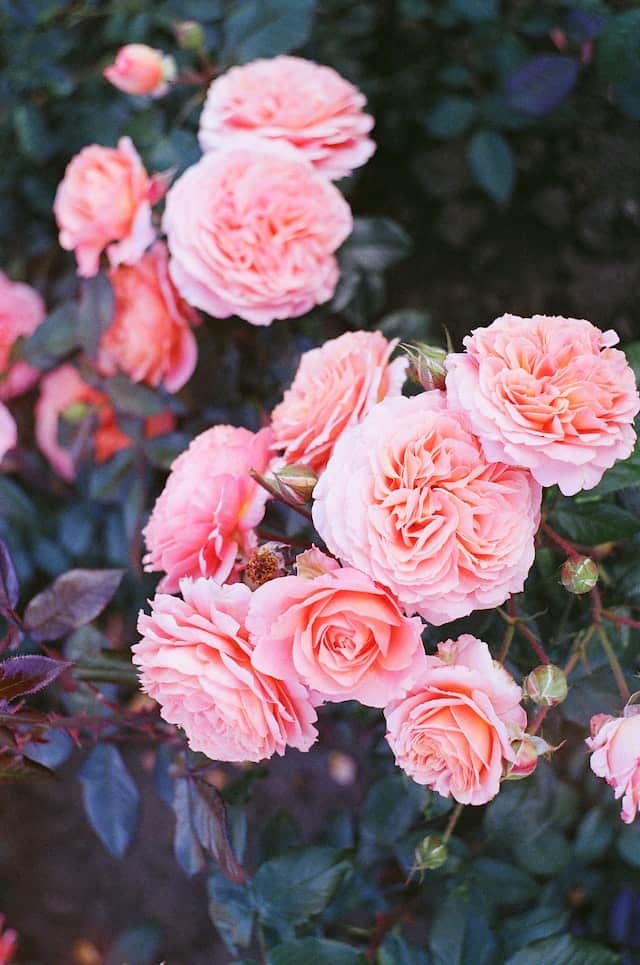
September is a wise choice for planting rose bushes in Zone 6a. These resilient plants can handle the gradual cooling temperatures, which allow them to establish roots before winter arrives. Choose varieties like Knock Out or Hybrid Tea roses, planting them about 2 feet apart in well-draining soil enriched with organic matter. Ensure they get adequate sunlight, and enjoy the blossoms in the following spring.
Evergreen Shrubs
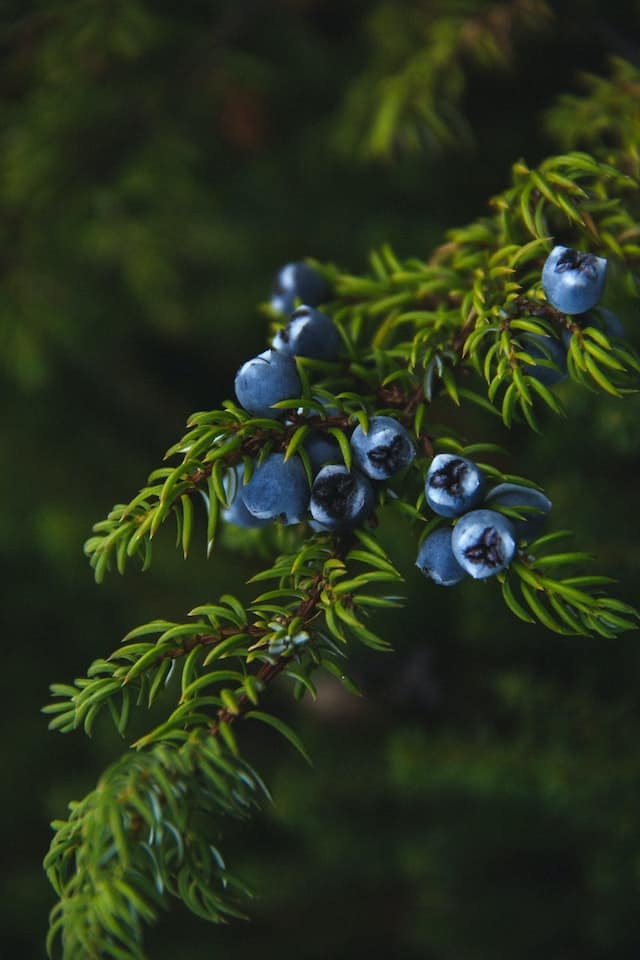
Evergreen shrubs such as Juniper or Boxwood can be planted successfully in September. They offer year-round color and structure to your landscape and do well in cooler temperatures. Plant them about 3 to 4 feet apart, depending on the variety, in well-draining soil. Their resilience to frost makes them ideal for fall planting, ensuring they thrive when spring arrives.
Perennial Flowers
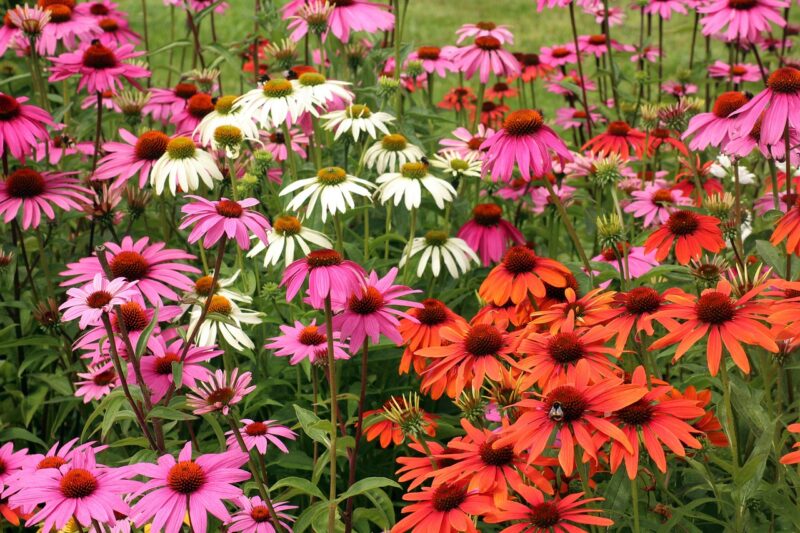
Planting perennials, such as coneflower or daylilies, in September is a smart move. These resilient plants can establish their root systems before the first frost and will reward you with abundant blooms in the spring. Space them about 12 to 18 inches apart, and remember to choose varieties suited for your garden’s conditions.
Hydrangeas
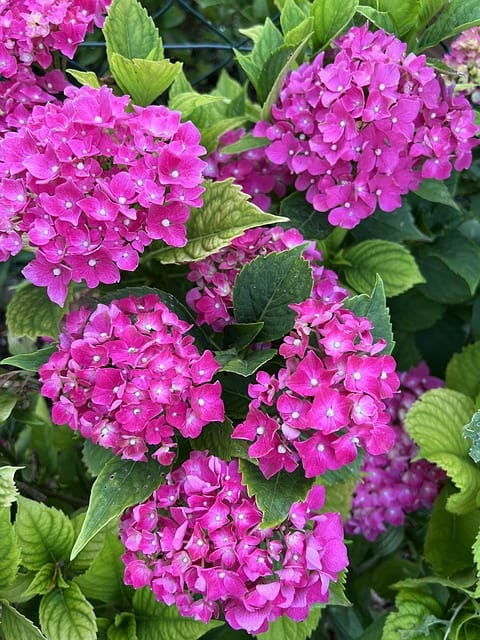
Hydrangeas can be delightfully planted in September for a flourishing garden. They thrive in well-drained soils and prefer partial shade. Consider varieties like Endless Summer or Annabelle that can tolerate cooler temperatures. Space hydrangeas about 4 feet apart to give them room to spread.
Hostas
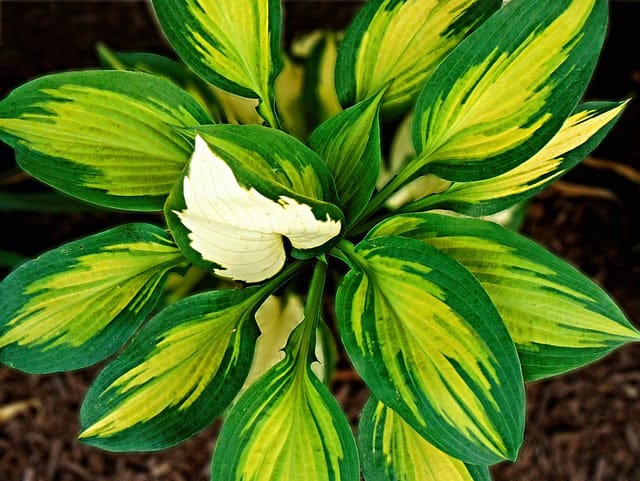
Hostas are excellent for shaded areas and can be planted in September. These hardy perennials thrive in cooler temperatures and should be spaced about 2 feet apart in well-drained soil. They come in various colors and sizes, providing a beautiful leafy backdrop to your garden throughout the growing season.
Fall Blooming Bulbs

September is a good month to plant fall-blooming bulbs such as Fall Crocus or Autumn Daffodils. These require well-drained soil and prefer temperatures around 60°F to 70°F (15°C to 21°C). Plant bulbs about 3 to 6 inches deep and spaced according to the variety’s mature size, and enjoy beautiful flowers when the weather cools down.
Vines
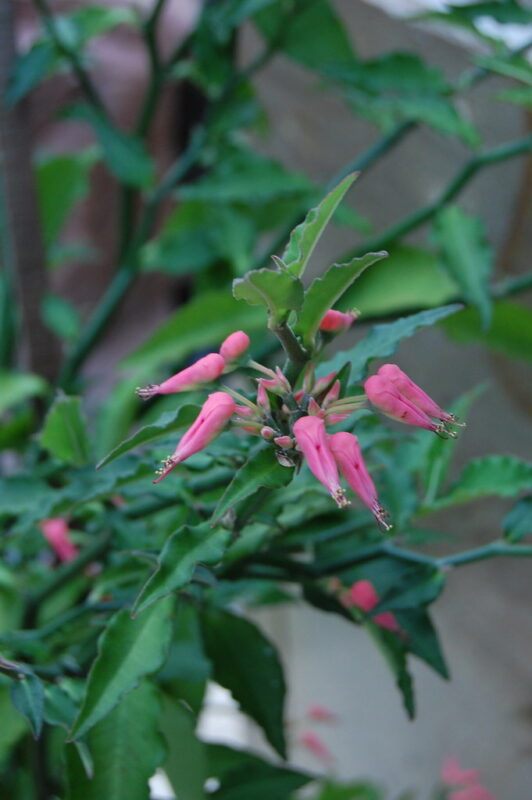
Consider planting fall-flowering vines like Clematis or Virginia Creeper in September. These plants can tolerate cooler temperatures, and with proper care, they can thrive and flourish as they establish roots before winter. Space them suitably along trellises or fences to create an attractive landscape feature.
Fruit Trees

September is a favorable time to plant fruit trees like apple or pear in Zone 6a. This allows them ample time to establish roots before the harsher winter months. Be sure to plant them in well-drained soil, spacing them according to the type of tree. Water them well and mulch around the base to help retain moisture and protect their roots.
Blueberries
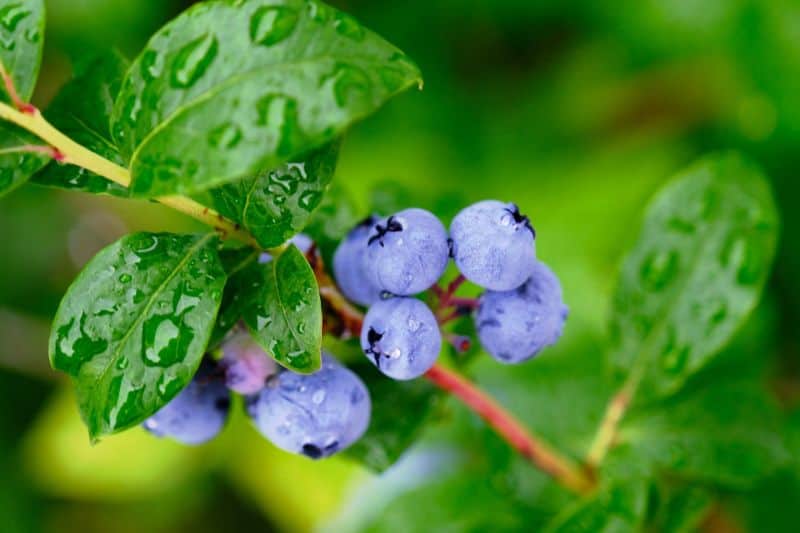
Blueberry plants can also be planted in September, as they thrive in cooler temperatures. They need a well-draining, acidic soil environment and should be spaced about 3 to 4 feet apart. Planting in the fall allows these hardy shrubs to establish their root systems before winter, paving the way for fruitful harvests in following years.


